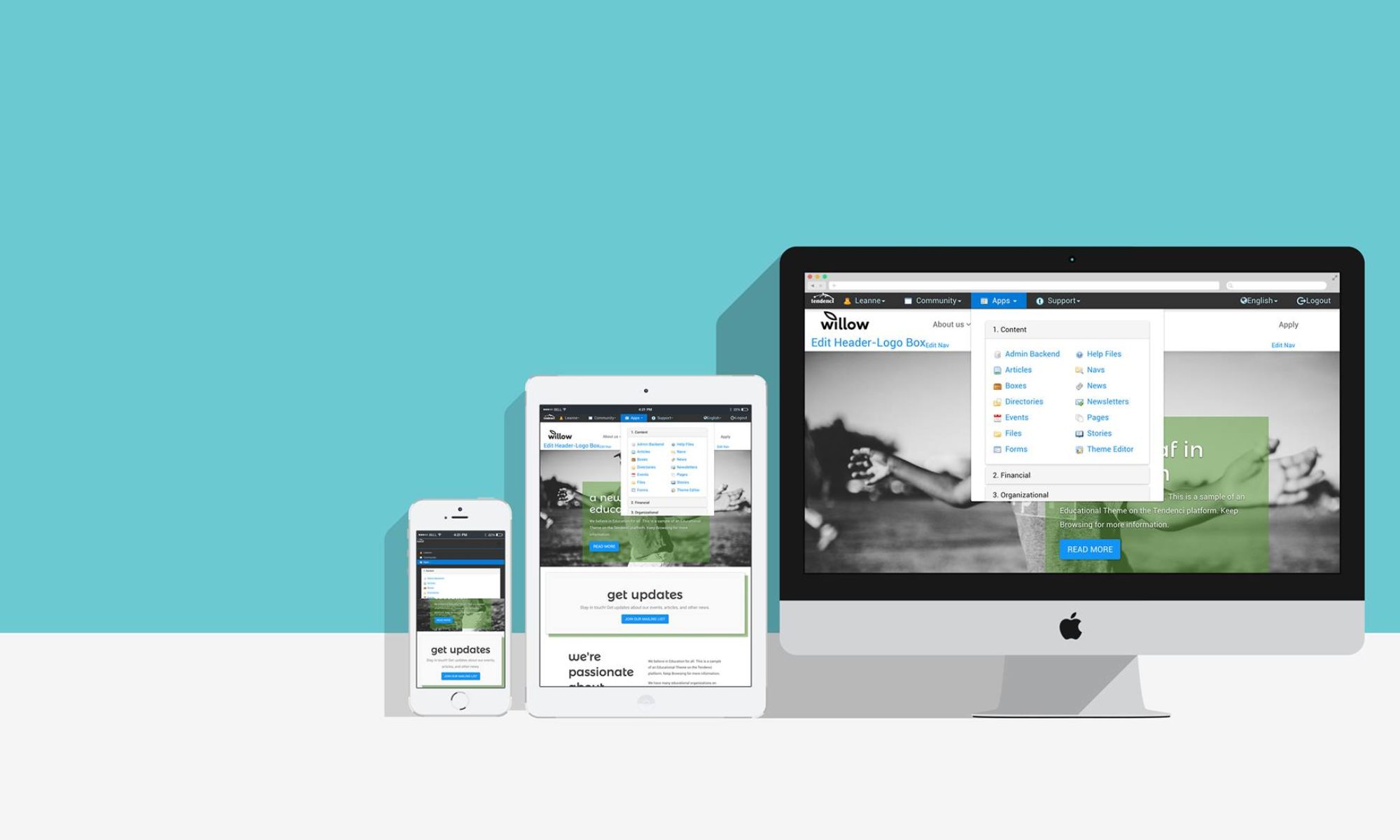Last week, PRSA Houston led a workshop: “Write the Right Way: A PR Writing Workshop” and we brought back a few takeaways on how to harness PR writing for your nonprofit.
The workshop was hosted by the Holocaust Museum Houston and featured Julie Fix, An Instructional Assistant Professor at the University of Houston and Ted Moon, founder of Launchpad Writing + Research.
“Public relations is about winding a compelling story” – Julie Fix
Successful PR writing comes from good storytelling. Stories simplify the complex, make intricate ideas understandable and accessible and do two important things:
- Deliver an organization’s message
- Create and reinforce opinions, attitudes and beliefs
With Great Writing, Comes Great Responsibility
As a public relations writer, you have two responsibilities:
- Communicate Accurately
- Communicate Appropriately
Communicate Accurately
The first step is research.
It’s important to have the pertinent facts about a story before moving forward. If you’re wondering, “Should I include this?”, err on the side of collecting too many facts. You can always put them in a fact sheet if they don’t fit in the release.
Better to over-prepare and be safe, than under-prepare and be caught off-guard. Then, if a question comes your way, you’re equipped with an answer. Also, be clear. Don’t muddle your message with too many words.
People have short attention spans, so if you want an effective message, take time to polish and edit.
“I would have written a shorter letter, but I did not have the time.” – Blaise Pascal
Communicate Appropriately
Whether your writing is proactive or reactive, it’s imperative to speak to the situation. Use timely, relevant examples and appropriate behavior. Jokes after a tragedy are not appropriate behavior, but being light-hearted about a family-oriented fundraising event is. Use common sense and think how you’d feel if you heard your message.
You can have good paragraph structure, great sentences and an excellent press release, but if the right message goes to the wrong audience, it still falls on deaf ears. Think about what problem you’re solving and who benefits from your message. Tailor your writing to these people.
Finding the Right Audience
 “Everyone is pulled in a hundred different directions at once.” – Ted Moon
“Everyone is pulled in a hundred different directions at once.” – Ted Moon
According to research, the average attention span in 2013 was 8 seconds. That means if people aren’t interested, they stop reading.
They want to know, “What’s in it for me?”. So next time you write, do two things:
- Recommend the solution to a problem
- List benefits not features of your product, event or service
What Else Can I Do?
When you write for PR, be sure to practice good PR writing techniques:
- Write a
- Use good grammar, spelling and punctuation
- Communicate clearly
Write a Great Headline
The headline is your first and last chance to grab your reader. If you don’t have a good headline, people stop reading and your message is lost.
Use Good Grammar, Spelling and Punctuation
Nothing says, “I can’t write” like bad grammar, spelling or punctuation. Practicing good grammar makes your writing easier to read, which reinforces your message.
Communicate Clearly
Always polish and edit your writing. Don’t muddle your message by using more words than needed.
“Focus more on the nouns and verbs. Leave out the adjectives.” – Ted Moon
Improve Your PR Writing
The key is practice. By using these tips you can learn to self-edit and consistently produce quality content. You can also improve your skills by reading good writing. Read/subscribe to sources like PRSA, PR Week or PR News.
If you’re interested in more topics related to NPOs, technology or open source, leaf through some of our other categories and feel free to share the knowledge!
contributed by: Alec Bieniawski





























